Venice Biennale, here's how much the pavilions cost (but so many countries prefer not to say)
How much do the national pavilions of the Venice Biennale cost? The outlay that all countries, every two years, correspond to participate in the world’s leading contemporary art exhibition is no small thing: however, very few countries are willing to disclose the exact figures of the cost of their exhibitions, and very rare are those that include this information clearly in their press releases. A very bright exception, in the general reticence on the part of countries participating in the Venice Biennale, isItaly: our country is probably the only one that makes it clear, black on white, easily at hand, in press releases, how much its participation in the Biennale costs. Other countries prefer to rely on the statements of one of their representatives for this information. For still others, one must ask. But most countries niche. In any case, it is possible to get an idea of the costs: we contacted almost all the countries participating in the 2024 edition of the Venice Biennale (the only ones we could not reach were Bangladesh, Cuba, Iran, Israel, Senegal and Uganda) and collected a bit of data.
Let’s start right fromItaly. As we said, Italy is perhaps the only country that discloses the total cost of the pavilion already in the press release. And Italy’s pavilion this year cost 1.2 million euros, 800 thousand of which was guaranteed by the public coffers and in particular by the General Directorate for Contemporary Creativity of the Ministry of Culture (which demonstrates as always a rare transparency on costs), while the remaining 400 thousand made available by two private entities, namely Tod’s as a partner and Banca Ifis as a sponsor. A number of other countries have also publicly declared the costs of their respective pavilions. For Nigeria, participating in the 2024 Biennale cost $1.5 million, according to information compiled by the Financial Times: one-third of this sum was raised by the artists participating in the exhibition, who are able to engage private partners. Seychelles has also publicly declared the cost of its participation, through the mouth of Emmanuel D’Offay, director of the Creative Seychelles Agency, the public agency that manages the country’s participation: cost of the operation, between 2 and 3 million Seychelles rupees (or between 140 and 210 thousand euros).
Among the countries best willing to disclose the figures is the United States. “The budget for this year’s U.S. Pavilion,” the press office let us know, “is $5.8 million, of which $375,000 was provided by the U.S. State Department’s Bureau of Educational and Cultural Affairs. The remaining funds were provided by numerous private donors.” Let’s look at the costs of other pavilions. Switzerland’s project, one of the most critically acclaimed in this edition, saw a total cost of 550,000 Swiss francs: 250,000 was covered by a public entity, namely Pro Helvetia - Swiss Cultural Foundation, while the remaining 300,000 was guaranteed by sponsors. Neighboring Austria guaranteed the national pavilion a public contribution of 660 thousand euros, which was matched by other private resources, the amount of which, however, has not been revealed to us.
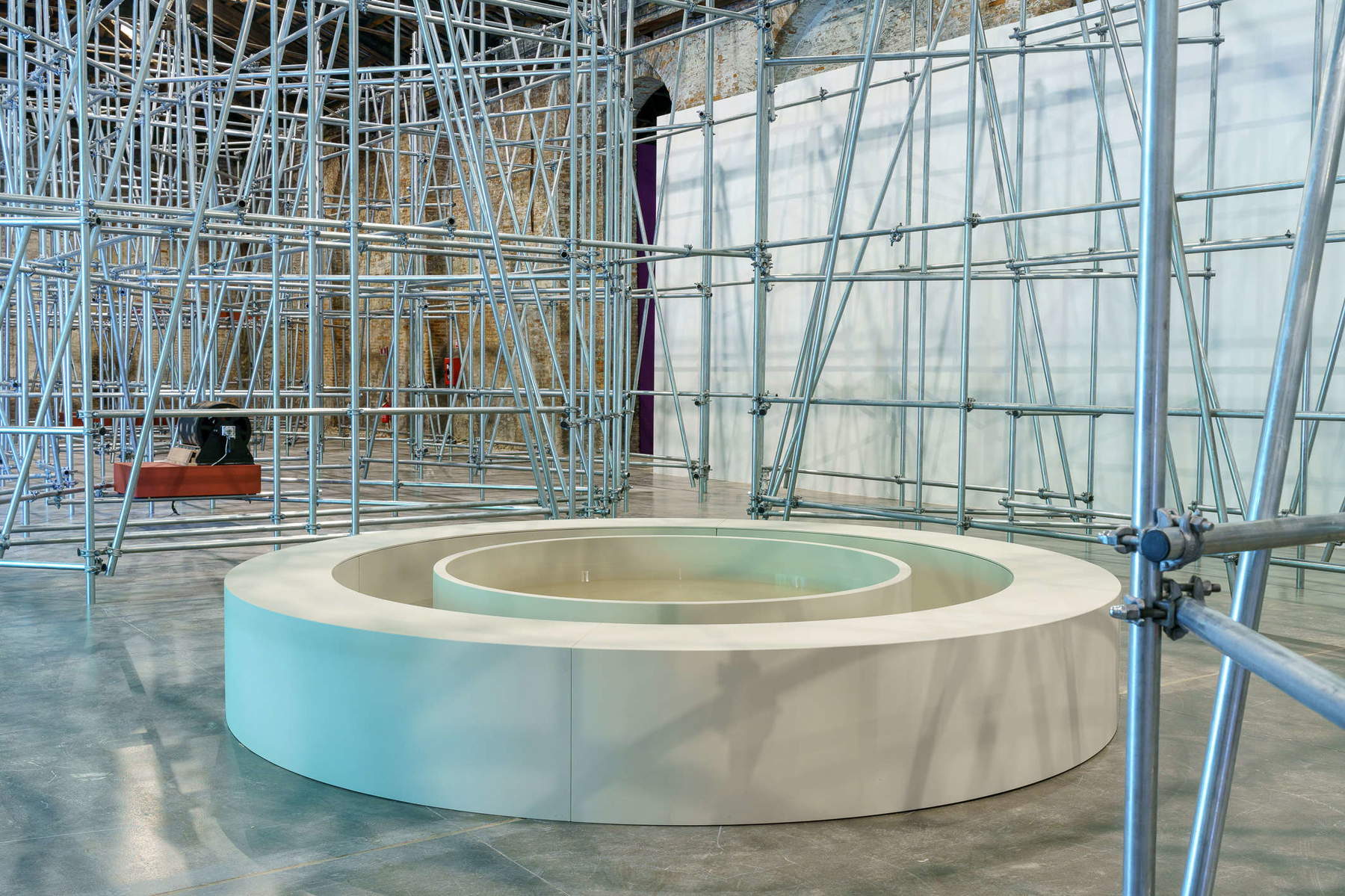
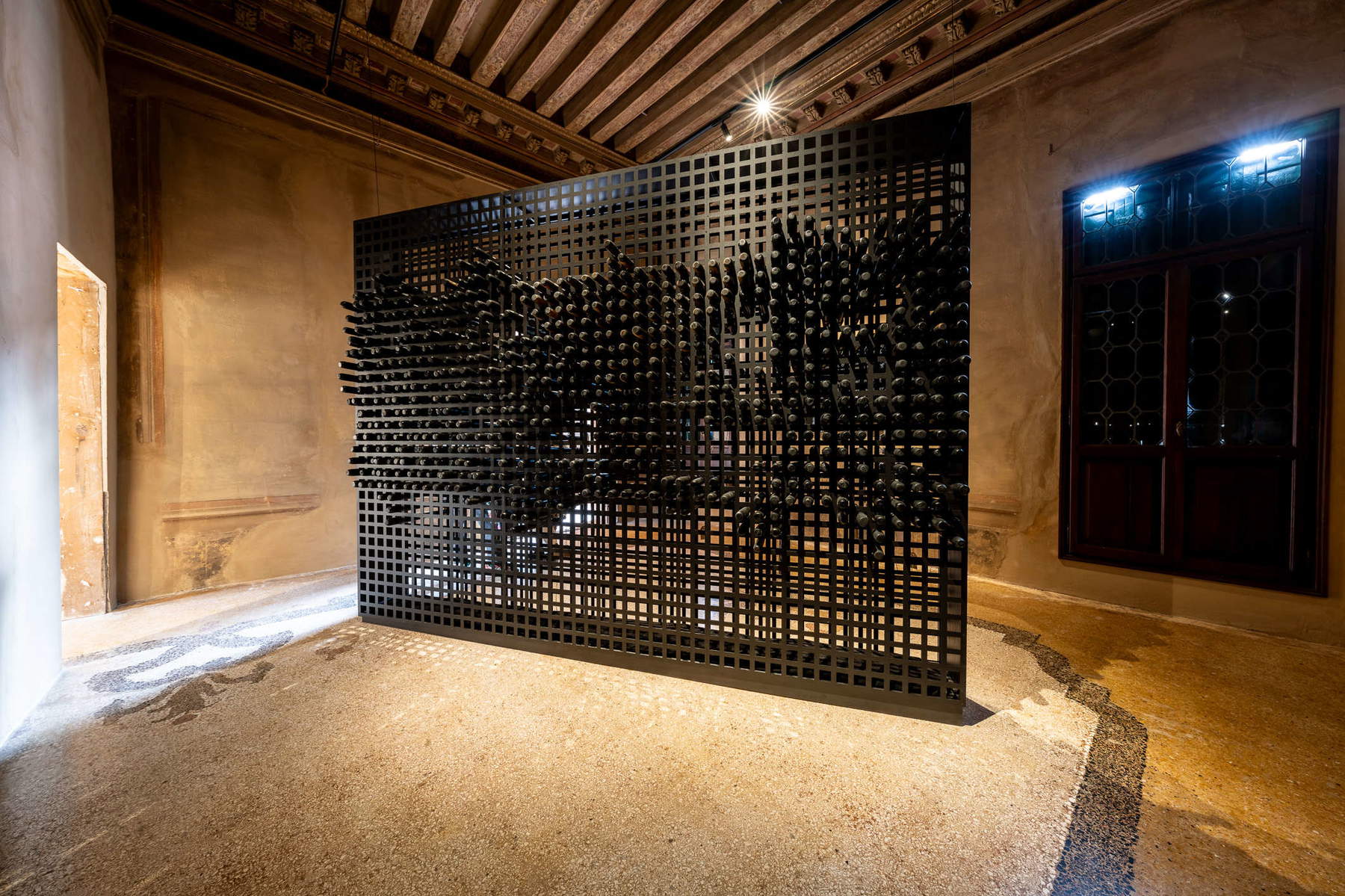
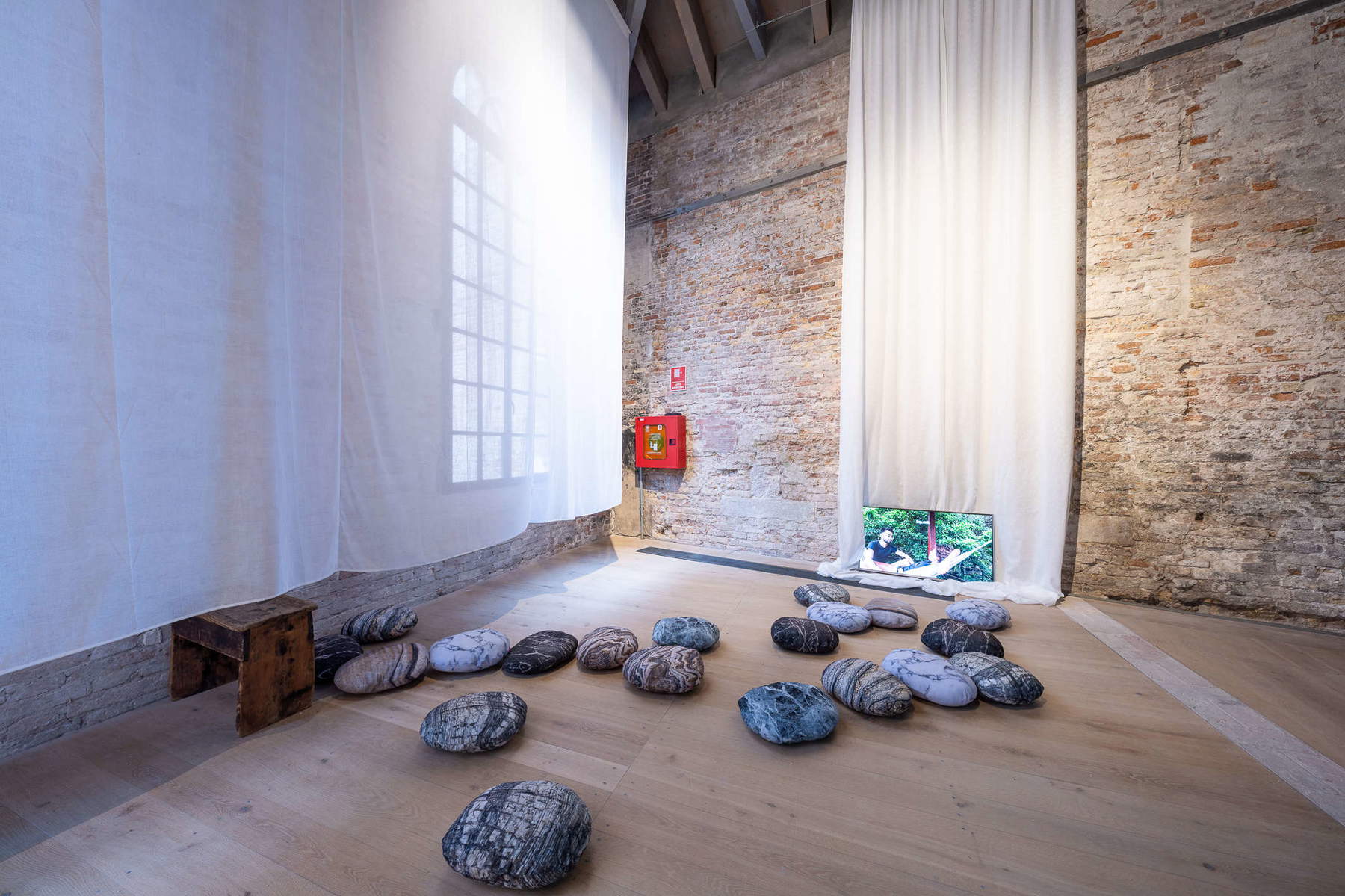
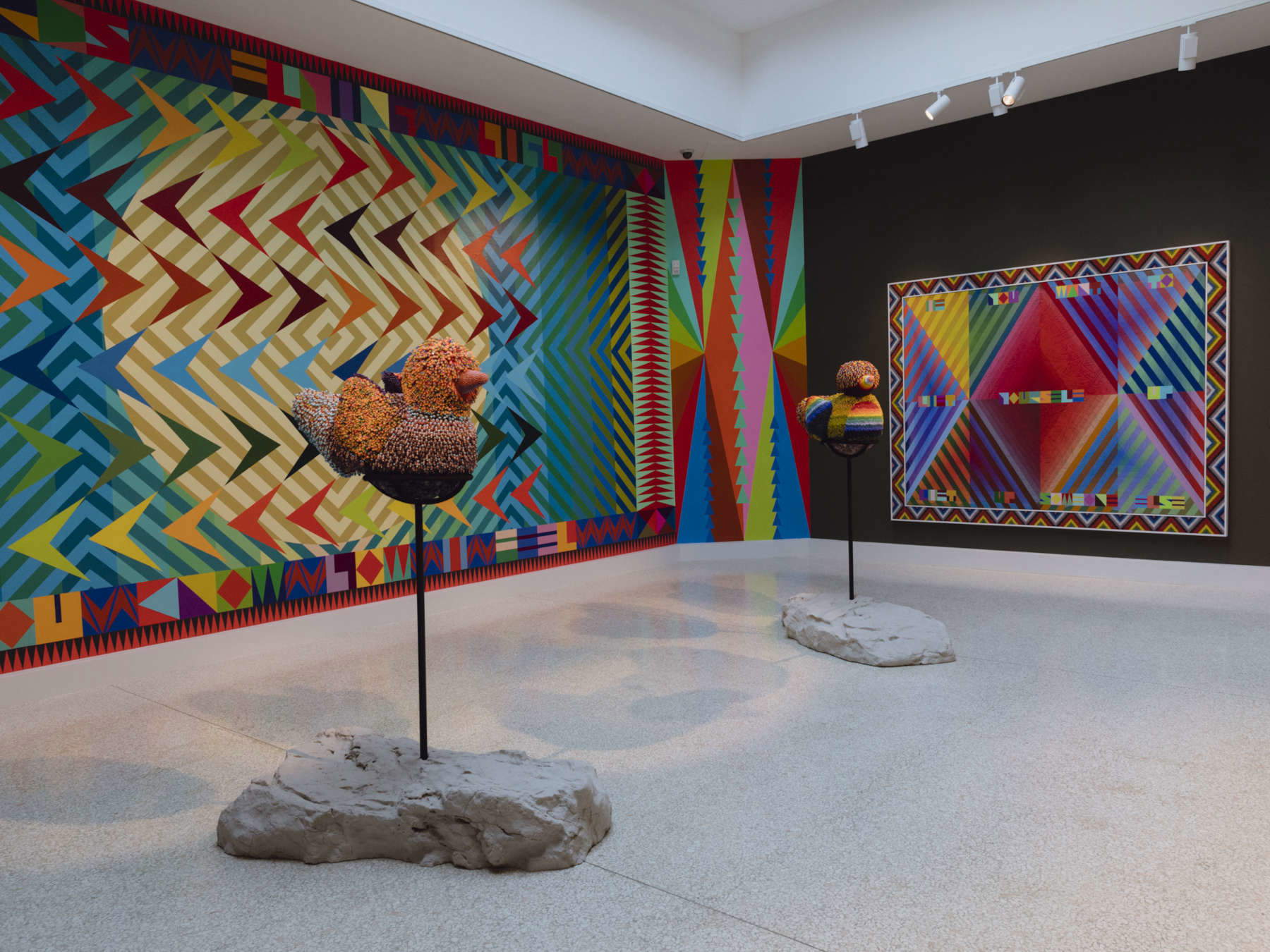
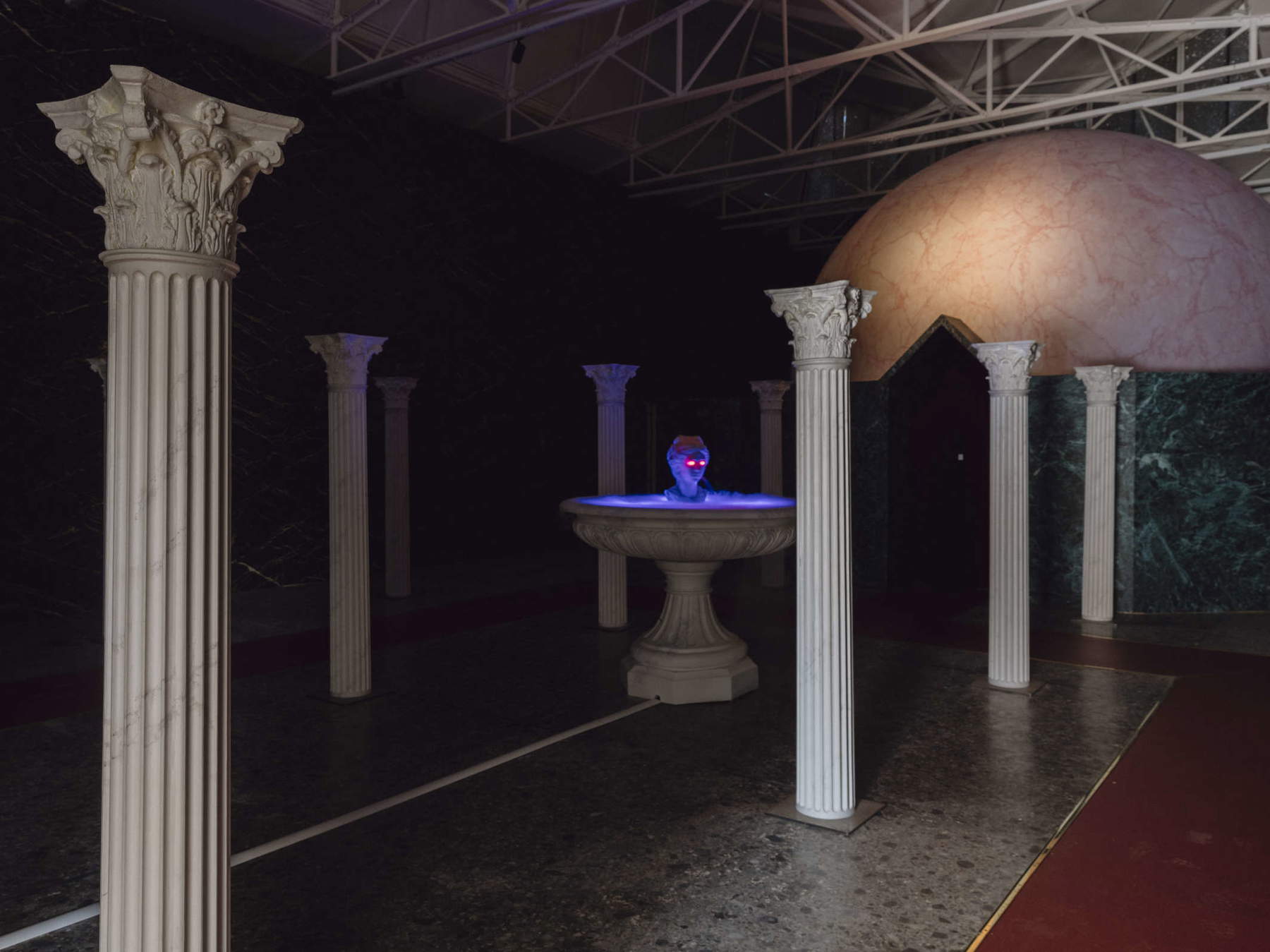
Among the first countries to respond to our survey is Slovakia, which together with the Czech Republic participates in the same pavilion, the one that was once Czechoslovakia’s (two projects, one per country). The budget allocated for this year by Slovakia was 200,000 euros, fully funded by the Ministry of Culture of the Slovak Republic, with no private sponsors involved in the project. More evasive, however, was Germany. “The total resources for the pavilion,” the spokeswoman for the German pavilion told us, "come from the basic budget of the IFA (Institut für Auslandsbeziehungen), membership fees of the ifa sponsoring organization Friends of the German Pavilion, and third-party funds. Ifa provides a base budget of 650,000 euros (plus travel expenses and staff costs for project management) over a three-year period from funds provided by the Federal Foreign Office. This is supplemented by membership dues from the ifa Friends of the German Pavilion. The curator raises additional funds as third-party funding. The total budget varies from issue to issue and depends on funds raised from third parties." However, sponsor funding is covered by confidentiality costs. However, the press office of the German pavilion revealed to us that public funds cover about 40 percent of the three-year cost of the project. So roughly speaking, if our calculations are correct, for the three-year period March 2023 to March 2025, Germany should have spent about 1.6 million euros to participate in the Venice Biennale.
Argentina funds itself with a mix of public and private resources: the budget raised through fundraising among sponsors was $100,000, while unknown to the press office is the amount granted by the Argentine government through the Ministry of Foreign Affairs (“we do not know the total amount”, the spokesperson explains, “because we do not prepare the budget but a list of tools, materials and needs that the Ministry’s Culture Office negotiates with a local company, and we are not involved in the process.”) Finally, the curator of the Tanzania pavilion, during our visit to the exhibition of the African country participating in the Biennale for the first time, let us know that the cost of their project was just 6,000 euros.
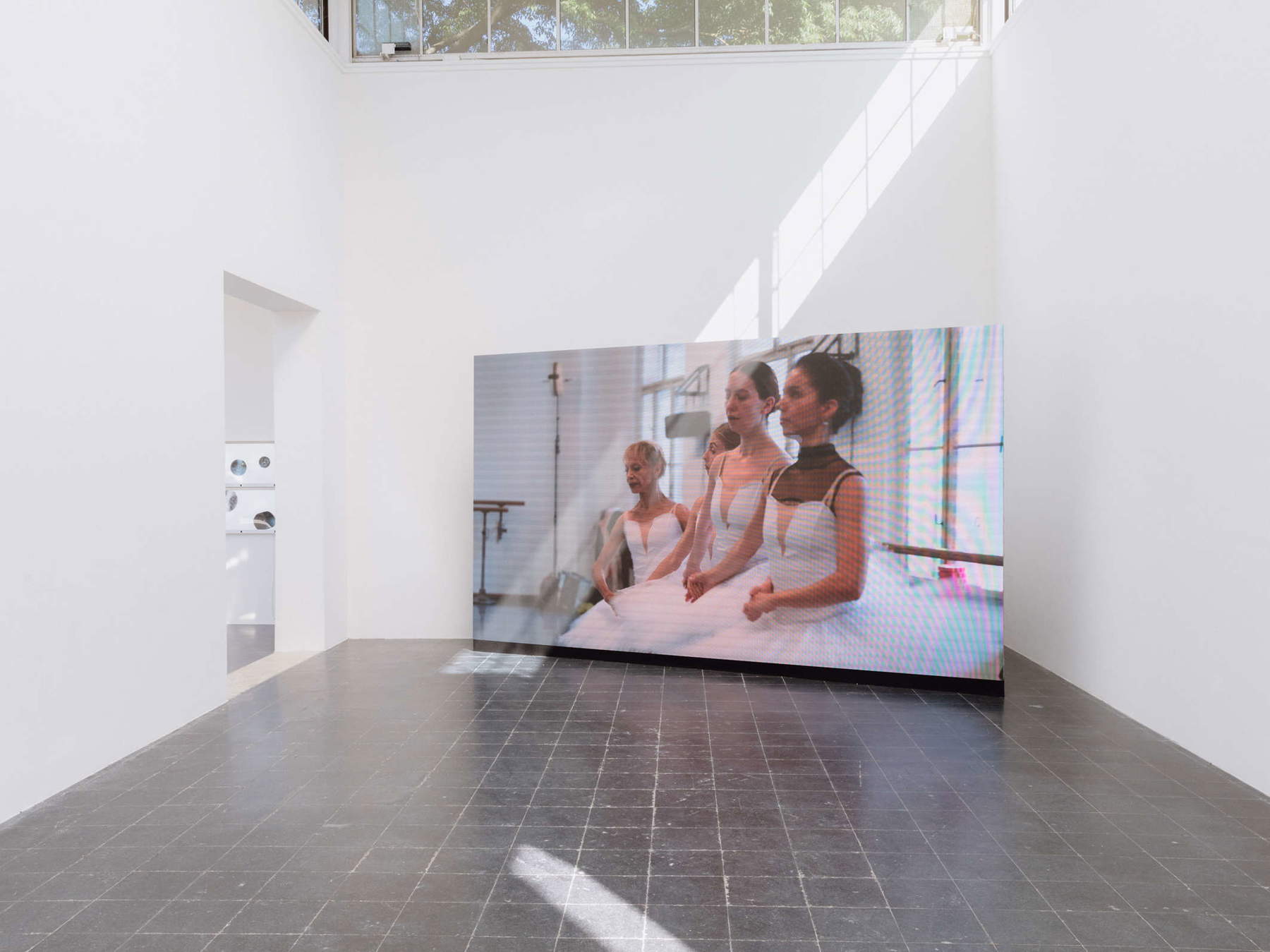
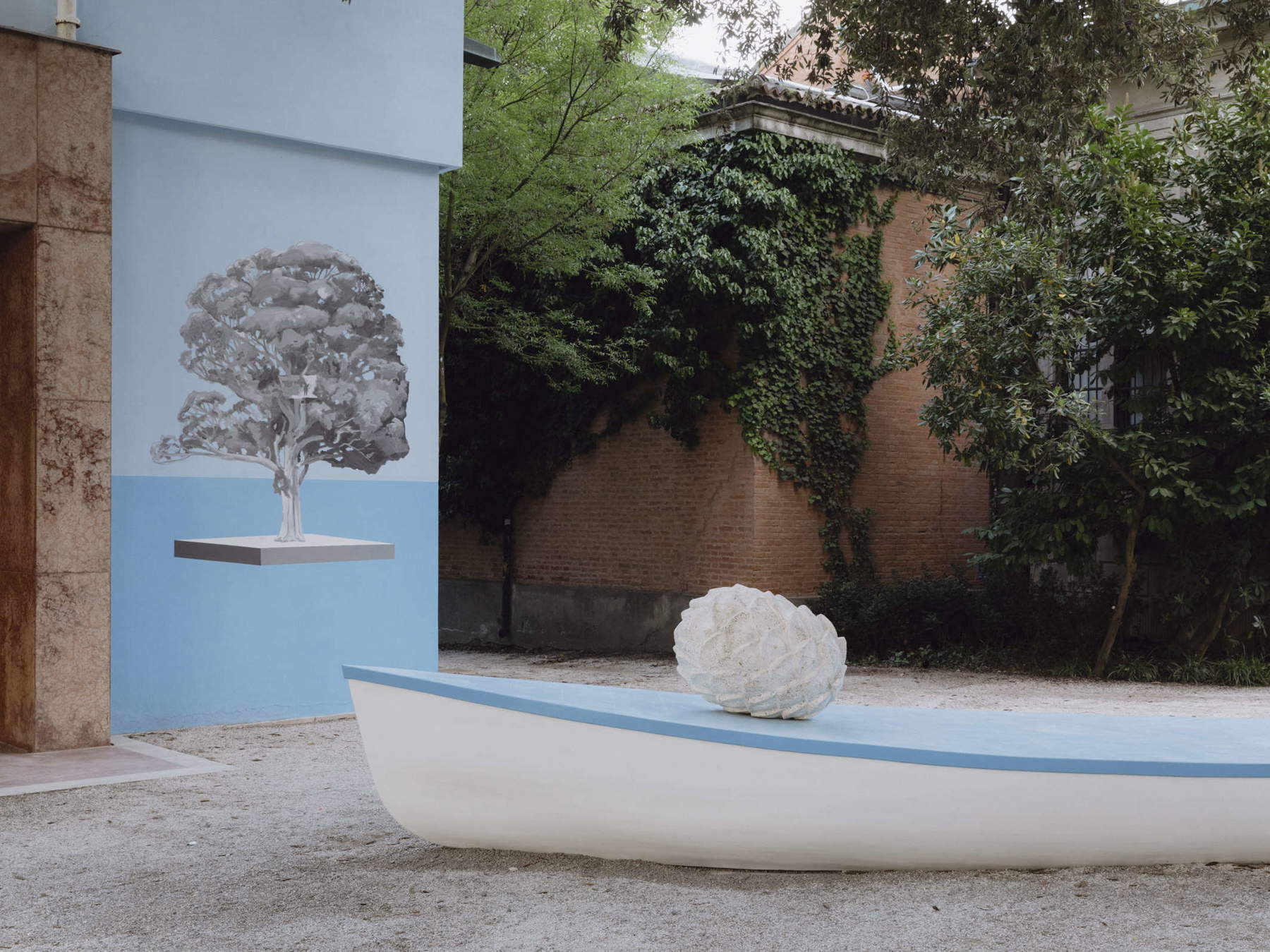
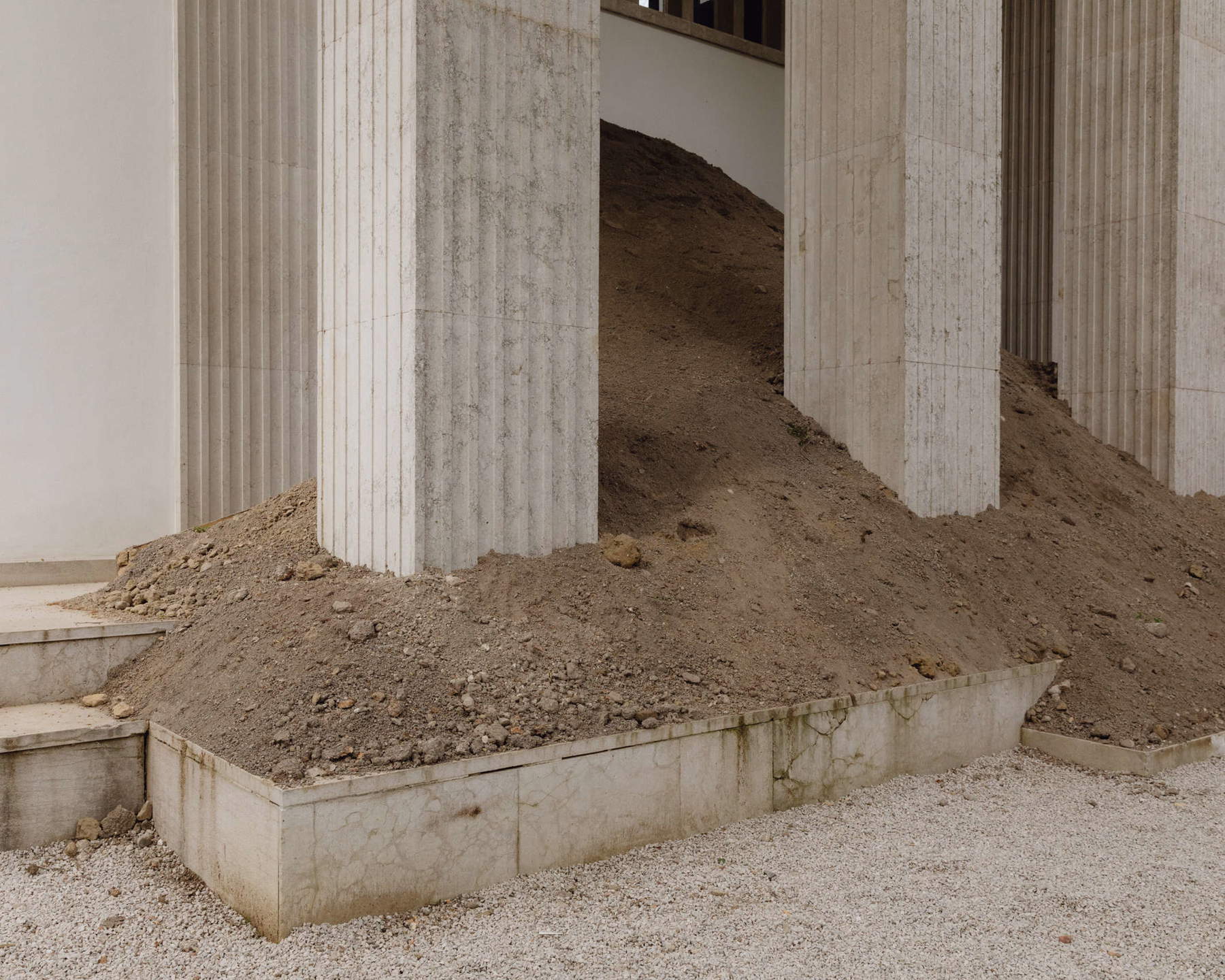
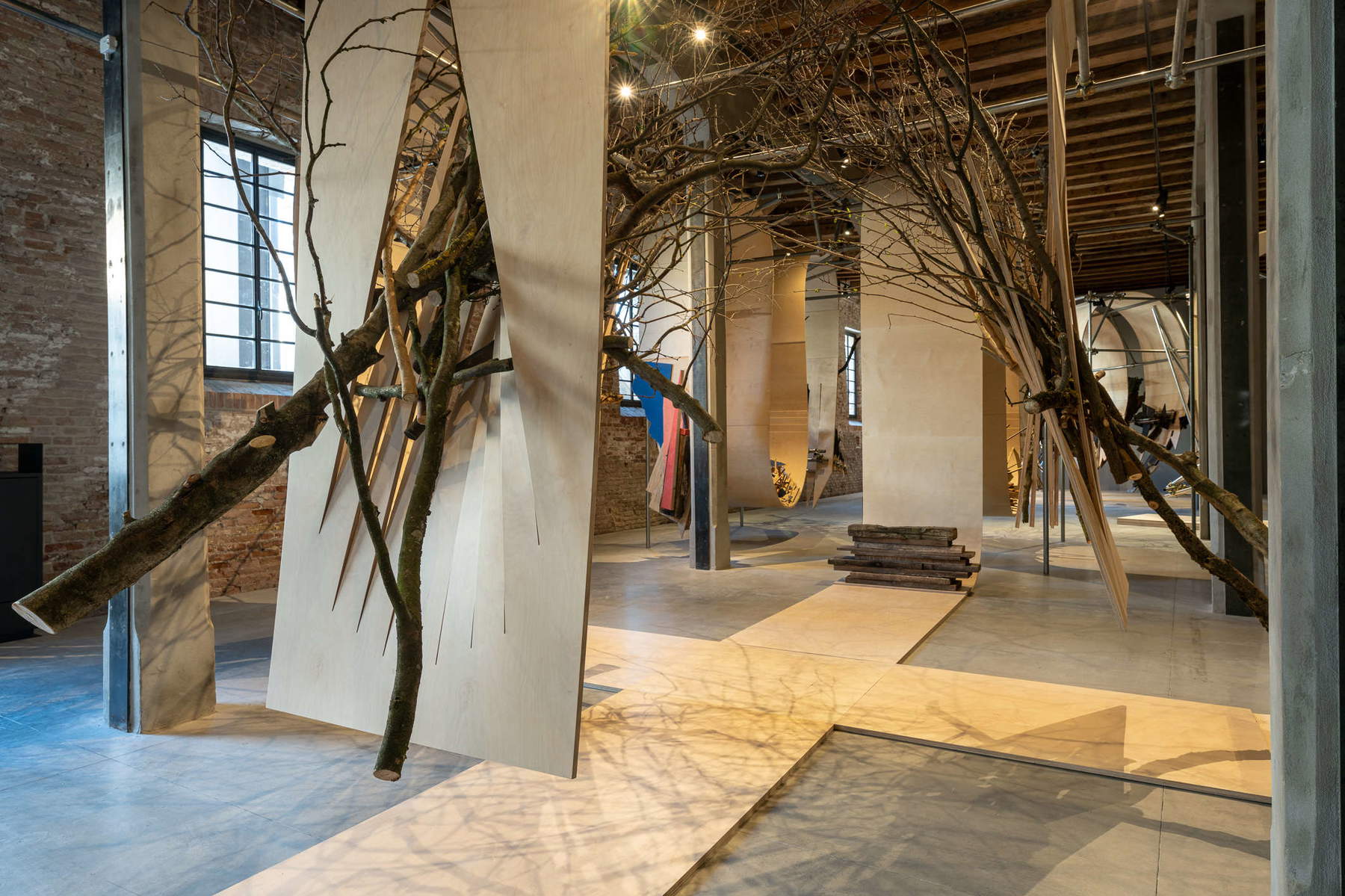
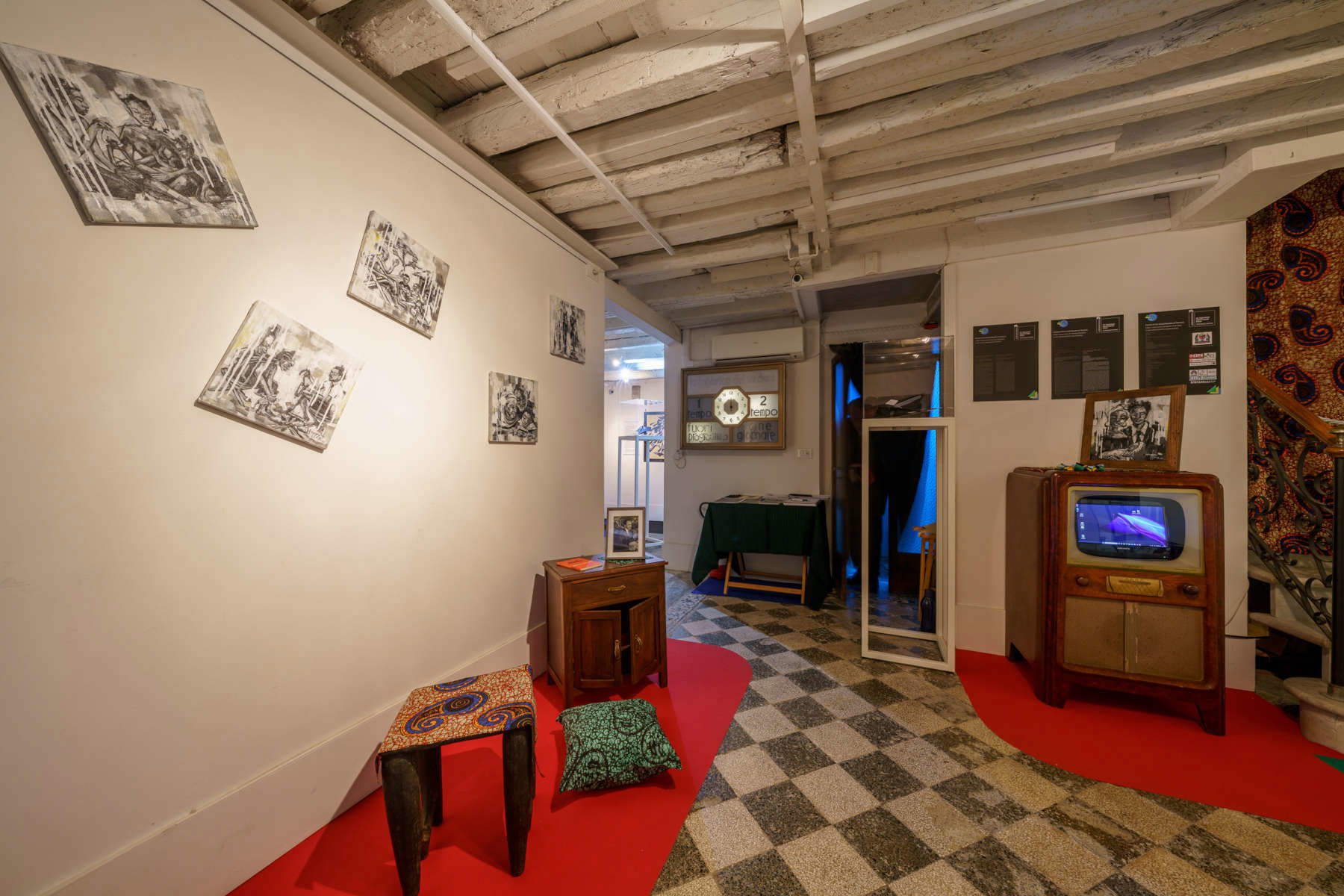
Numerous countries preferred not to disclose costs, each with various reasons, or simply not telling us the figure. “We are unable to disclose the budget for this project,” the press office of the Singapore pavilion told us. “As a Limited Liability Company (CLG), SAM-Singapore Art Museum has always exercised prudence, fairness and transparency in its procurement processes. This applies to all SAM projects, including the Singapore Pavilion at the Art Biennale.”Uruguay does not elaborate, which in its response merely told us that the pavilion is being funded by the South American country’s Ministry of Culture, through the Instituto Nacional de Artes Visuales and in coordination with the Departamento de Internacionalización de la Cultura, which is responsible for organizing and financing the exhibitions representing Uruguay at the Biennale, for which it appoints a commissioner and selects a project with a team consisting of a curator and an artist, according to the requirements of the La Biennale di Venezia Foundation, through a public and open call for proposals.
Canada cites reasons of “commercial confidentiality,” and lets us know that public and private financial resources contribute to the total cost. Neither does the United Arab Emirates reveal costs, as does neighboring Oman, which, moreover, is participating in the Biennale for the first time. No cost information comes from the Netherlands either: “We think it is more important,” the Dutch commissioner told us, “that we tell the story of CATPC and Renzo Martens [ed., the participating artists] as often and as best as possible.” Spain entrenched itself behind a “we cannot provide cost information,” and let us know that the national pavilion was financed partly from public resources (Spanish Cultural Action Agency-Acción Cultural Española), partly with resources from sponsors (Inelcom Collection, Botín Foundation), and with support from the galleries of artist Sandra Gamarra Heshiki (Galeria Leme and 80m2 Livia Benavides), who represented the country this year. France also did not reveal cost information to us, ditto for San Marino, and the same goes forHungary, whose participation is funded by the local Ministry of Culture.
On the other hand, press offices or contact persons from Albania, Saudi Arabia, Australia, Azerbaijan, Belgium, Benin, Bulgaria, Cameroon, Chile, China, Cyprus, Vatican City Vatican City, Croatia, Denmark, Egypt, Estonia, Ethiopia, Philippines, Finland, Japan, Georgia, Great Britain, Greece, Ireland, Iceland, Kosovo, Latvia, Lebanon, Lithuania, Luxembourg, Macedonia, Malta, Mexico, Mongolia, Montenegro, Nordic countries, Peru, Poland, Portugal, Czech Republic, Romania, Serbia, Slovenia, South Africa, Turkey, Ukraine, Uzbekistan, and Zimbabwe.
Warning: the translation into English of the original Italian article was created using automatic tools. We undertake to review all articles, but we do not guarantee the total absence of inaccuracies in the translation due to the program. You can find the original by clicking on the ITA button. If you find any mistake,please contact us.



























